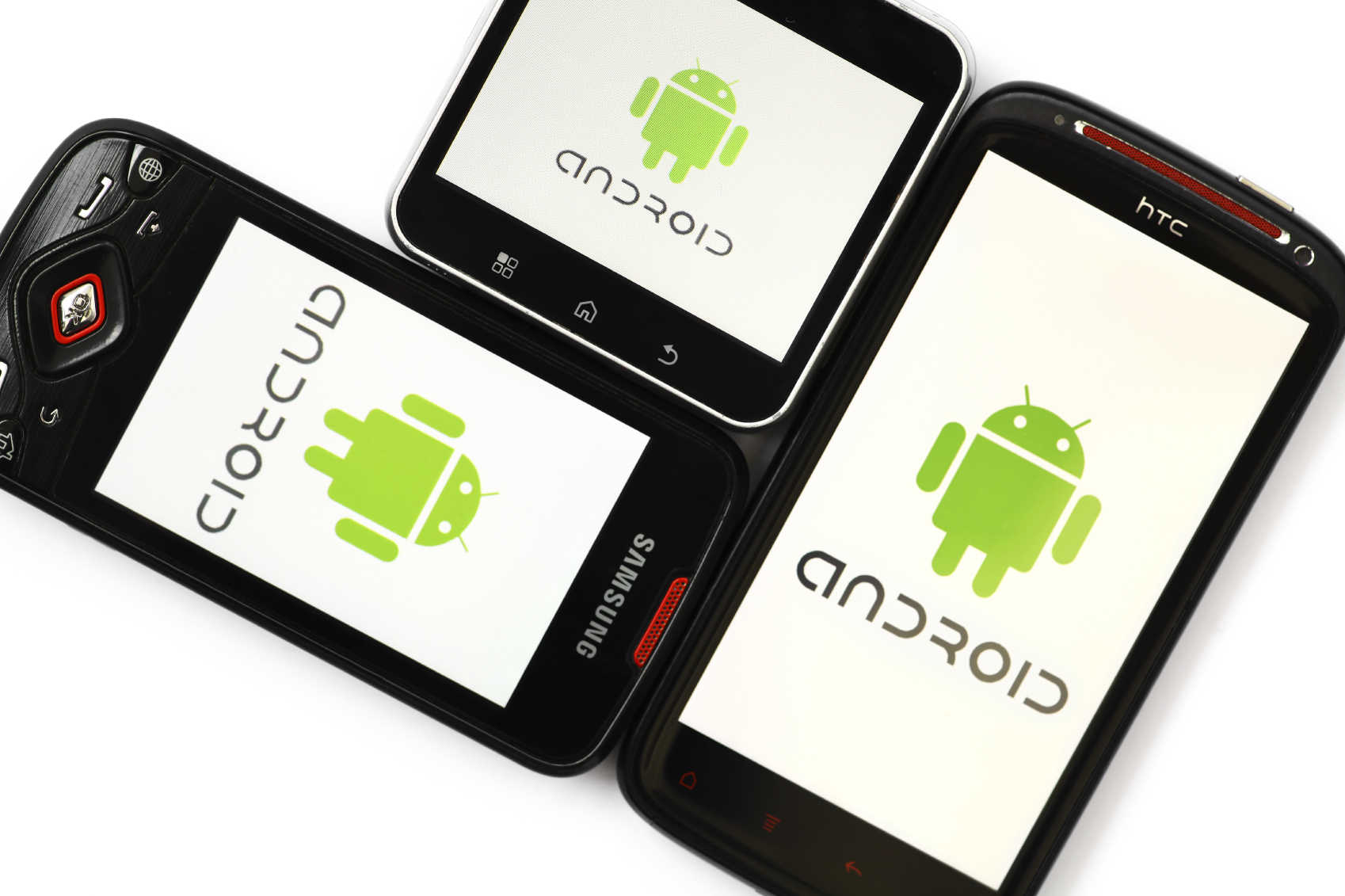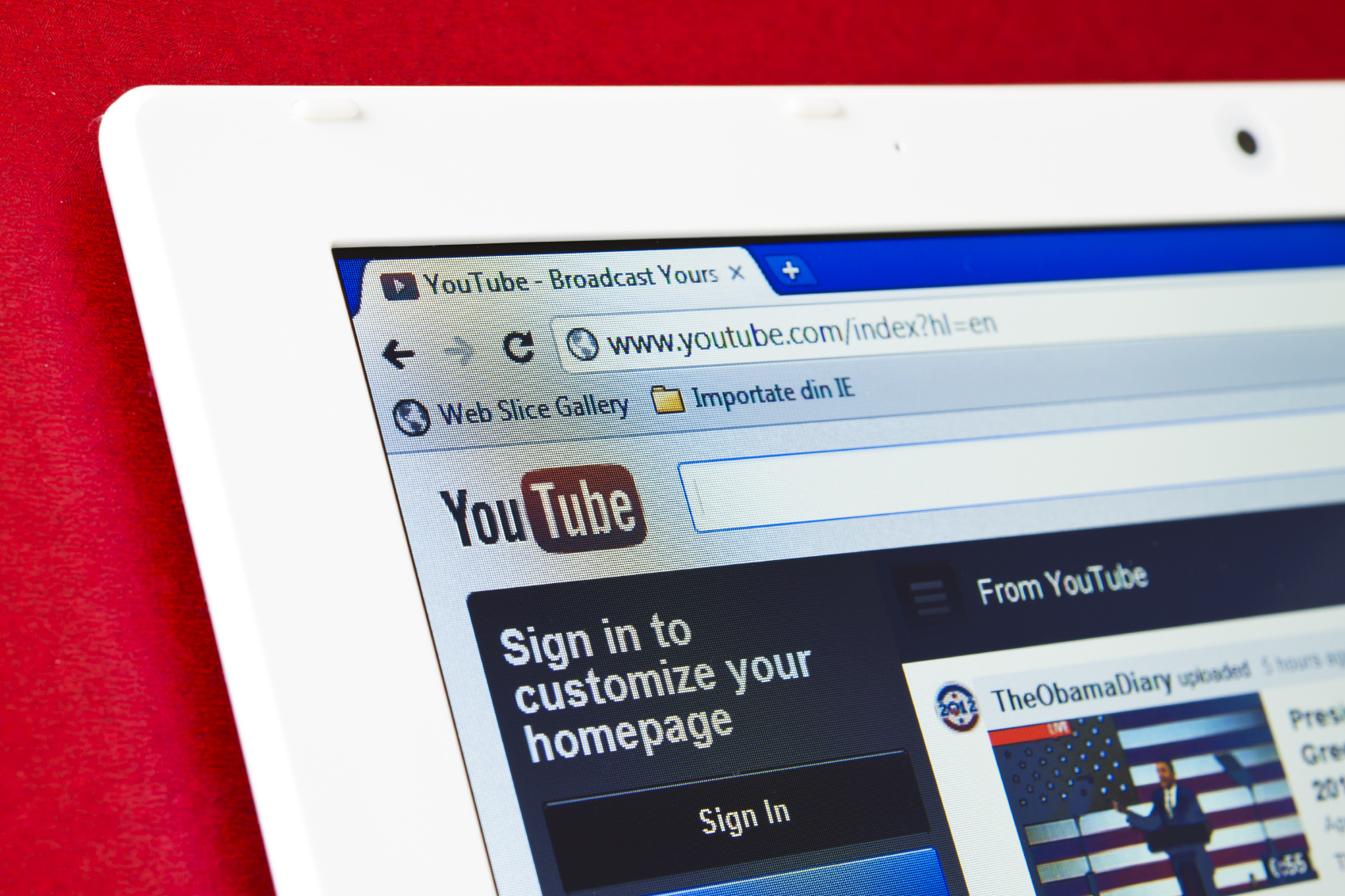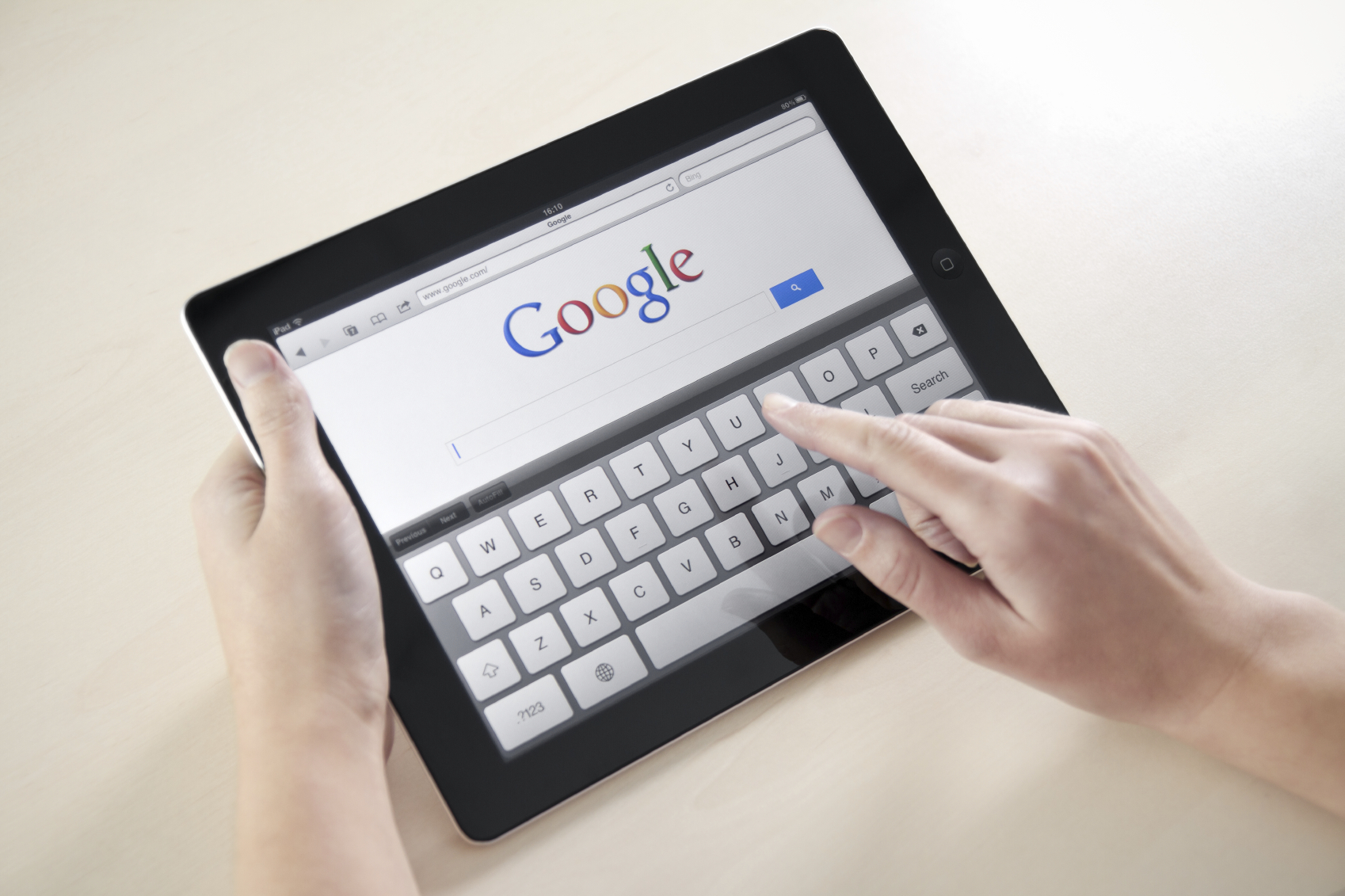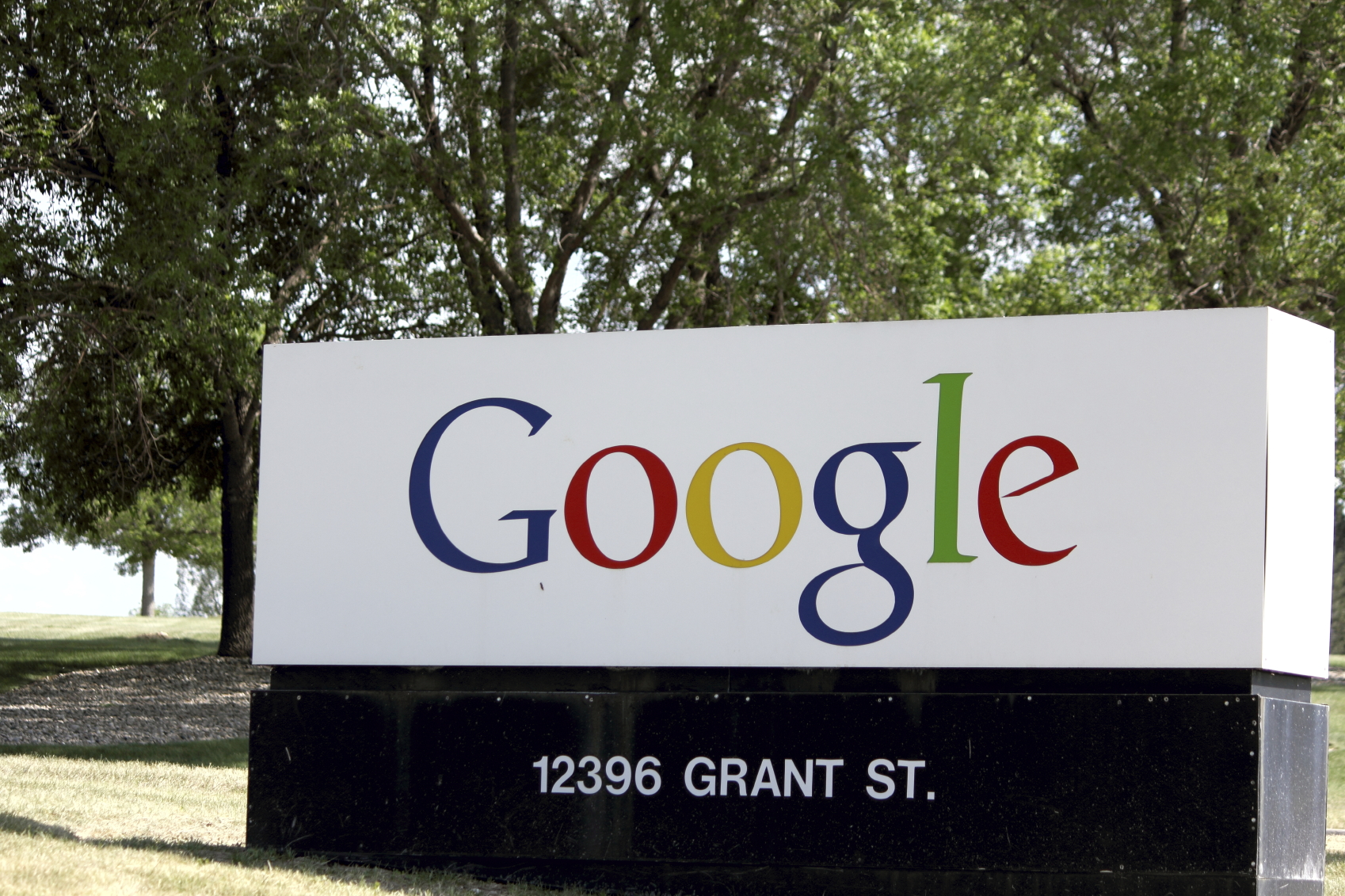Earlier today at its annual I/O developer conference, Google officially unveiled its newest attempt at conquering mobile payment—a new Android Pay app that will power both in-app purchases and physical transactions in stores. Replacing the old Google Wallet app on mobile, Android Pay will become the universal payment solution in the Android ecosystem. Using tokenization and Near Field Communications (NFC) technology, as well as support for fingerprint authentication, Android Pay seems to work, quite frankly, just like Apple Pay. Unsurprisingly, it also comes with an API that will allow developers to incorporate payments into their apps.
Previously, Google has had a tough time getting major banks and credit card companies on board for their payment products, but things look different this time around. Retailers are eager to participate given the seamless integration of loyalty rewards, which Apple is likely to launch soon also. Three out of the four biggest wireless carriers in the states, save for Sprint, are among launch partners for Android Pay, along with all major credit card providers like Visa, MasterCard, Discover, and AmEx.
Besides an NFC chip and the more recent Android OS (KitKat or higher), making it usable on more than half of active Android phones. Given Android’s over 1 billion active users worldwide, it may just be what Google needs to catch up with Apple in mobile payments. It remains to be seen whether Android Pay adoption for in-store purchases will help Google attribute sales to prior ad views.








